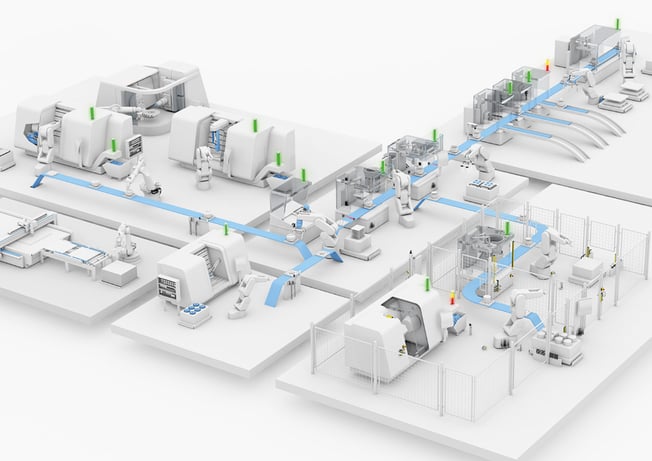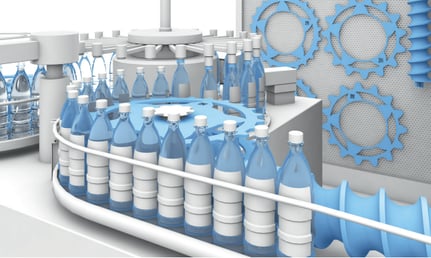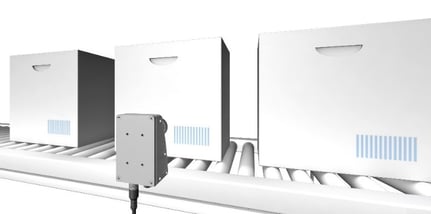In all industries, there is a need for more flexible and individualized production as well as increased transparency and document-able processes. Overall equipment efficiency, zero downtime and the demand for shorter production runs have created the need for smart machines and ultimately the smart factory. Now more than ever, this is important in the Packaging, Food and Beverage (PFB) industry to ensure that the products and processes are clean, safe and efficient.
Take a look at how the Smart Factory can be implemented in Packaging, Food, and Beverage industries.
Updating Controls Architecture
- Eliminates analog wiring and reduces costs by 15% to 20%
- Simplifies troubleshooting
- Enables visibility down to the sensor/device
- Simplifies retrofits
- Reduces terminations
- Eliminates manual configuration of devices and sensors
Automating Guided Format Change and Change Parts
- Eliminates changeover errors
- Reduces planned downtime to perform change over
- Reduces product waste from start-up after a change over
- Consistent positioning every time
- Ensures proper change parts are swapped out
Predictive Maintenance through IO-Link
- Enhances diagnostics
- Reduces unplanned downtime
- Provides condition monitoring
- Provides more accurate data
- Reduces equipment slows and stops
- Reduces product waste
Traceability
- Delivers accurate data and reduced errors
- Tracks raw materials and finished goods
- Date and lot code accuracy for potential product recall
- Allows robust tags to be embedded in totes, pallets, containers, and fixtures
- Increases security with access control
Why is all of this important?
Converting a manufacturing process to a smart process will improve many aspects and cure pains that may have been encountered in the past. In the PFB industry, downtime can be very costly due to raw material having a short expiration date before it must be discarded. Therefore, overall equipment efficiency (OEE) is an integral part of any process within PFB. Simply put, OEE is the percentage of manufacturing time that is truly productive. Implementing improved controls architecture, automating change over processes, using networking devices that feature predictive maintenance, and incorporating RFID technology for traceability greatly improve OEE and reduce time spent troubleshooting to find a solution to a reoccurring problem.
Through IO-Link technology and smart devices connected to IO-Link, time spent searching for the root of a problem is greatly reduced thanks to continuous diagnostics and predictive maintenance. IO-Link systems alert operators to sensor malfunctions and when preventative maintenance is required.
Unlike preventative maintenance, which only captures 18% of machine failures and is based on a schedule, predictive maintenance relies on data to provide operators and controls personnel critical information on times when they may need to do maintenance in the future. This results in planned downtime which can be strategically scheduled around production runs, as opposed to unplanned downtime that comes with no warning and could disrupt a production run.

Reducing the time it takes to change over a machine to a different packaging size allows the process to finish the batch quicker than if a manual change over was used, which in turn means a shorter production run for that line. Automated change over allows the process to be exact every time and eliminates the risk of operator error due to more accurate positioning.


Traceability using RFID can be a very important part of the smart PFB factory. Utilizing RFID throughout the process —tracking of raw materials, finished goods, and totes leaving the facility — can greatly increase the efficiency and throughput of the process. RFID can even be applied to change part detection to identify if the correct equipment is being swapped in or out during change over.
Adding smart solutions to a PFB production line improves efficiency, increases output, minimizes downtime and saves money.
For more information on the Smart Factory check out this blog post: The Need for Data and System Interoperability in Smart Manufacturing
For a deeper dive into format change check out this blog post: Flexibility Through Automated Format Changes on Packaging Machines
























